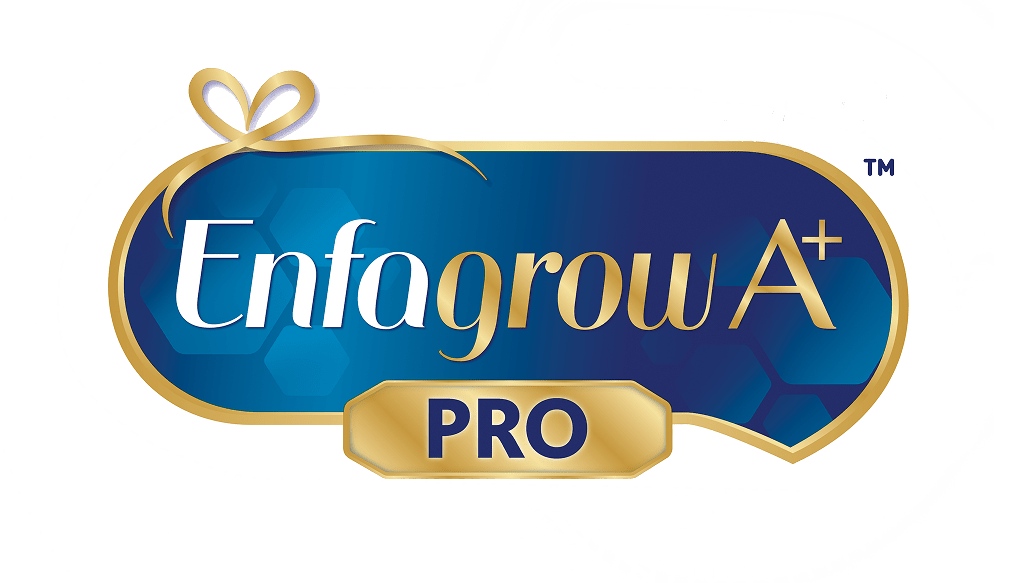

As your toddler grows, he or she learns in very physical ways and is quite active and mobile. Toddlers are constantly playing, exploring their surroundings, and learning new skills every waking day. So paying attention to their nutritional needs and making sure they have a balanced diet is important so they can grow b and healthy. Part of a healthy diet for any toddler includes foods that contain prebiotics, which help improve your toddler’s gut health. You can actively include prebiotics in his or her diet to promote a healthy body and digestive system.



What are Prebiotics?
Our bodies naturally have good bacteria (probiotics) which serve an important role in regulating both gut and immune health.¹ While probiotics are important, so are prebiotics, which are fibres that function as the ‘food’ for these beneficial bacteria. Prebiotics encourage the growth and activity of probiotics in the gut. Not only do prebiotics help in promoting the growth of beneficial bacteria, they also help in reducing the numbers of harmful bacteria in the gut. They are present in high-fibre foods such as whole grains and leafy greens.²
Prebiotics for your toddlers vs. Probiotics
Prebiotics and probiotics both help ensure your gut remains in pristine condition through very different ways.³
Prebiotics for gut health are dietary fibres that your body is not able to digest and work as a source of food for the healthy bacteria in your gut. Seeing as they are not digestible, prebiotics are channelled to the lower digestive tract. This is where they function as food to help the healthy bacteria grow.³
On the other hand, probiotics consist of live yeasts and good bacteria that dwell in your body to help keep your digestive health in check. Probiotics can be consumed as supplements or acquired naturally through food³. Both prebiotics and probiotics function in different ways but are equally important in maintaining a healthy gut by promoting the growth of beneficial bacteria and reducing the number of harmful bacteria.
Why Do Toddlers Need Prebiotics?
Here are some important reasons why your toddler needs prebiotics in their diet:
-
Help other organs
When the intestinal microbiota feed on prebiotics, there is production of short-chain fatty acids, which confer various beneficial effects in the body3. -
Immunity boost
Prebiotic fermentation in the gut also produces peptidoglycan, which can help the immune system fight pathogens3. -
Strengthen gut bacteria population
Prebiotics can further improve immunity by helping build up the gut’s protective microorganisms3. -
More nutritious foods
Prebiotics are found in fruits and vegetables, which have additional nutritional benefits for the body.⁵ Alternative healthy options include fermented foods like yoghurt, kombucha, and kimchi.6 - In short, prebiotics for toddlers aids in healthy digestion and nutrient absorption, reduces gas and bloating, increases gut motility, aids in motion that is consistent, assists with both diarrhoea and constipation and is excellent for general health because gut health impacts the rest of the body.
Where to Find Prebiotics?
Prebiotics are commonly found in high-fibre solid foods which can be fed to toddlers. Examples of foods that contains prebiotics are:
- bananas
- berries
- onions
- garlic
- soybeans
- unrefined wheat
- unrefined barley
- raw oats
- asparagus
- tomatoes
- shallots
- leeks4
In conclusion, the intake of more foods containing prebiotics will support the gut and immune health of your child - ensuring he or she grows up healthy and happy.
Get your free sample of Enfagrow A+ Stage 3 which contain prebiotics FOS that promotes growth of good Bifidus bacteria to help maintain a healthy digestive system.
Expert Resource:
Dr. Raymond Choy Wai Mun
(MCR 18097A)
MBChB (UK), Aviation Medicine (Singapore)
REFERENCES:
- Prebiotics and Probiotics for Babies (n.d.) Retrieved August 24, 2020 from:
https://www.enfamil.com/articles/prebiotics-and-probiotics-for-babies - What are probiotics and prebiotics? (2020) Retrieved August 24, 2020 from:
https://www.mayoclinic.org/healthy-lifestyle/consumer-health/expert-answers/probiotics/faq-20058065 - Prebiotics: Definition, Types, Sources, Mechanisms, and Clinical Applications (March 2019). Retrieved October 21, 2020 from:
https://www.researchgate.net/publication/331677001_Prebiotics_Definition_Types_Sources_Mechanisms_and_Clinical_Applications - Prebiotics are an easy way to prime kids’ immune systems to fight viruses (2017) Retrieved August 24, 2020 from:
https://www.kidspot.com.au/health/wellbeing/vitamins-and-minerals/prebiotics-and-kids-health/news-story/4e02aa5befc61e3fa92bad49fa652a90 - Prebiotics, probiotics and your health (March 2018). Retrieved October 21, 2020 from:
https://www.mayoclinic.org/prebiotics-probiotics-and-your-health/art-20390058 - Prebiotics vs. Probiotics: What’s the Difference? (March 2020). Retrieved October 21, 2020 from:
https://health.clevelandclinic.org/prebiotics-vs-probiotics-whats-the-difference/






